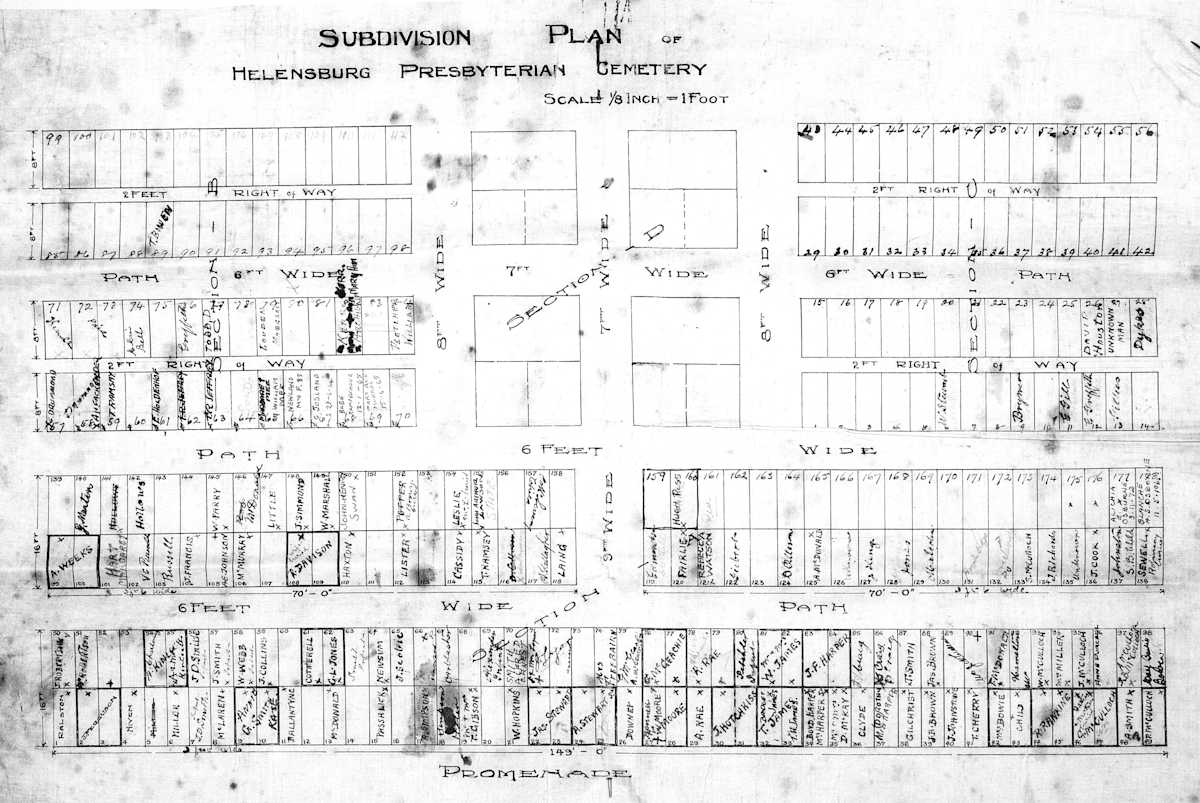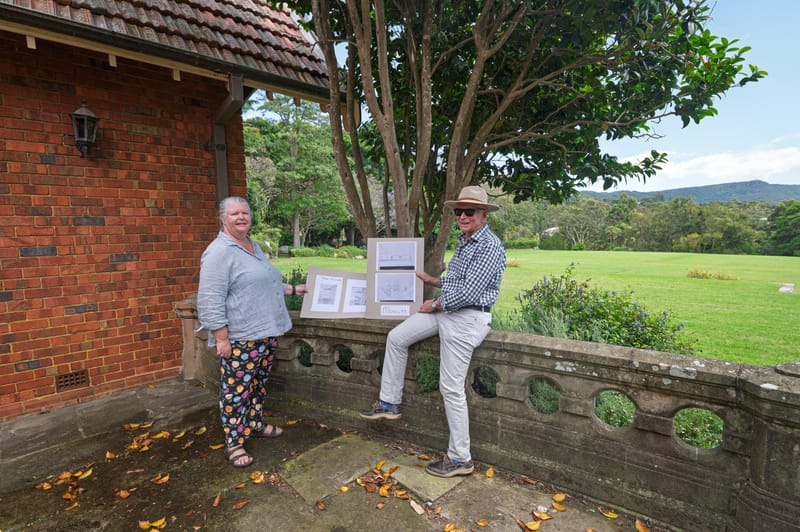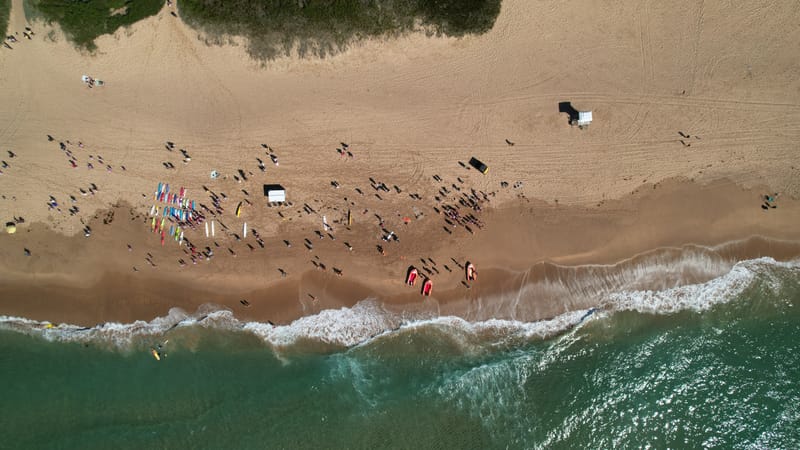Lost burials, babies and 'one lonely grave that everyone parks on': Why Helensburgh cemetery needs signage
Picture an old miner last century, one shivery night at the pub, saying, ‘Oh, it’s like someone just walked over my grave.’ Well, if his future lay at Helensburgh General Cemetery, he might have been right. But it wouldn’t only be people walking over his grave – it could be horses trotting over it o

Picture an old miner last century, one shivery night at the pub, saying, ‘Oh, it’s like someone just walked over my grave.’
Well, if his future lay at Helensburgh General Cemetery, he might have been right. But it wouldn’t only be people walking over his grave – it could be horses trotting over it or vehicles parking on top of it.
All unwittingly, of course, as there are numerous unmarked graves at Helensburgh’s historic 133-year-old bushland cemetery. Which is not to say we don’t know where they are – thanks to years of painstaking research by local historians, we do – but so far council has failed to update public signage, despite renewed lobbying from residents.
Helensburgh and District Historical Society researcher Jenny Donohoe is upset. “Council’s current cemetery map is completely wrong,” she writes in an open letter calling for action. "The society’s archives have the original survey map of 1892 showing 8 burial sections, not 4 on council’s map.
“The Helensburgh Historical Society requests council to complete a detail survey of this historic Helensburgh Cemetery to correct the anomaly advertised on their maps. We also request council does a ground survey of where these poor people are buried as your care and control of responsible management from 1960s over 80 years has been of disgraceful neglect.”

Backburn exposed burial sites
In March, The Illawarra Flame revealed how a chance backburn exposed the lost graves of paupers, how oral history confirmed the burial site of stillborn babies and how the Historical Society had discovered a copy of an 1892 map in their files.
Another map has surfaced, this one from 1934, and Jenny now estimates there are about 200 missing burials within the grounds of the bushland cemetery. “And the society’s archives have 143 named burials since 1892 somewhere in these cemetery grounds.”
So why hasn’t council acted?
“Dead people don’t vote,” Jenny said. “Historically, this is 133 years old and we should acknowledge the people that are in the bush. I don't expect it to be cleared, but I do want to sign up saying this is the old section of 1892, there is known burials here, but we don't know where they are.
“I do expect signs to go up.”

Council responds to questions
On May 21, a Wollongong City Council spokesperson said council "remains committed" to improvements and provided an update of recent works, including around the burial site of 16-year-old coal miner Emil Cunningham, who died in an accident in 1908.
"The clearing of the Catholic section has been completed in the area around the Cunningham Grave, and the stillborn area has been taped off in order to protect it from people walking through the site," the spokesperson said.
"Over the coming months, this area will be transformed into a garden, and there will be tree trimming undertaken in the Presbyterian section, particularly in relation to the trees close to the monuments on the eastern side. We also continue to work with the Historical Society on signage improvements at the Cemetery."
For two decades, the society has called for action on large trees growing into graves.
"We have investigated the potential removal of some trees, including those within the pauper section of the cemetery," the council spokesperson said.
"However, due to their well-established nature, there is too greater risk of potentially disturbing remains within the unmarked graves in some of the cemetery’s oldest sites. Instead, these trees will remain in place.’’
‘Left in limbo’
Council's statement follows two tours of the cemetery by the Flame: one in March and another on May 10, when Jenny was clearly dispirited by the lack of progress.
“It's all left in limbo – that's disgusting, isn't it?” she said.
Jenny has no problem with council's regular lawnmowing and maintenance – although she said attendance can be haphazard as the team are also grave diggers and may be called away to more immediate duties.
“The graves are looking good,” she said. “I've said to council, it's the best I've seen it. But there's going to have to be more markers.”
She thinks the recognition of burial sites should be a standalone project, separate from maintenance work.

Missing memorials
Some graves may originally have had wooden crosses, but many have been destroyed by bushfires.
“Paupers in those days, they were miners that came out from England and Wales and Scotland, they died here, mainly of tuberculosis. They didn't have the money for headstones or anything like that,” Jenny said.
Helensburgh Cemetery is also the final resting place of local pioneers, World War I soldiers and children who died during epidemics. For curious visitors, it’s a tranquil place to explore the town's past.
“Historically, people love coming into cemeteries and reading headstones," Jenny said.
But due to the society’s ageing membership, she worries who will protect the cemetery in the future.
“We're all of the age now where we're lucky we can hold a monthly meeting.”

Who is T. Bowen?
There are plenty of issues to resolve. The stillborn babies site needs to be correctly marked and, in the Methodist/Wesleyan section, the roadway has shifted over the years, so that it now runs over two graves in one corner. However, one site, in a grassy corner near a gravel roadway, is symbolic of the bigger problem.
“I've got one lonely grave sitting up here that everyone parks on,” Jenny said.
Max Negel’s 2006 Helensburgh General Cemetery report – the local bible for researchers – lists the occupant only as T. Bowen.
“T. Bowen gets stomped on all the time up there,” Jenny said. “Now they've got to do something about that. If they don't put a fence around it, they're going to have to move him. The poor guy. That's no respect to someone being buried there, is it?”
The Illawarra Flame pictured a miner, because that’s what many were in the founding days of the town built around coal and the railway. But really, we don’t know if T. Bowen was man or woman, young or old. The only clue is their religion – the grave is in the Presbyterian section.
Can you help solve this local mystery?
Please get in touch with The Illawarra Flame or Helensburgh Historical Society.
Read more
Old map found, lost graves protected at Helensburgh Cemetery






